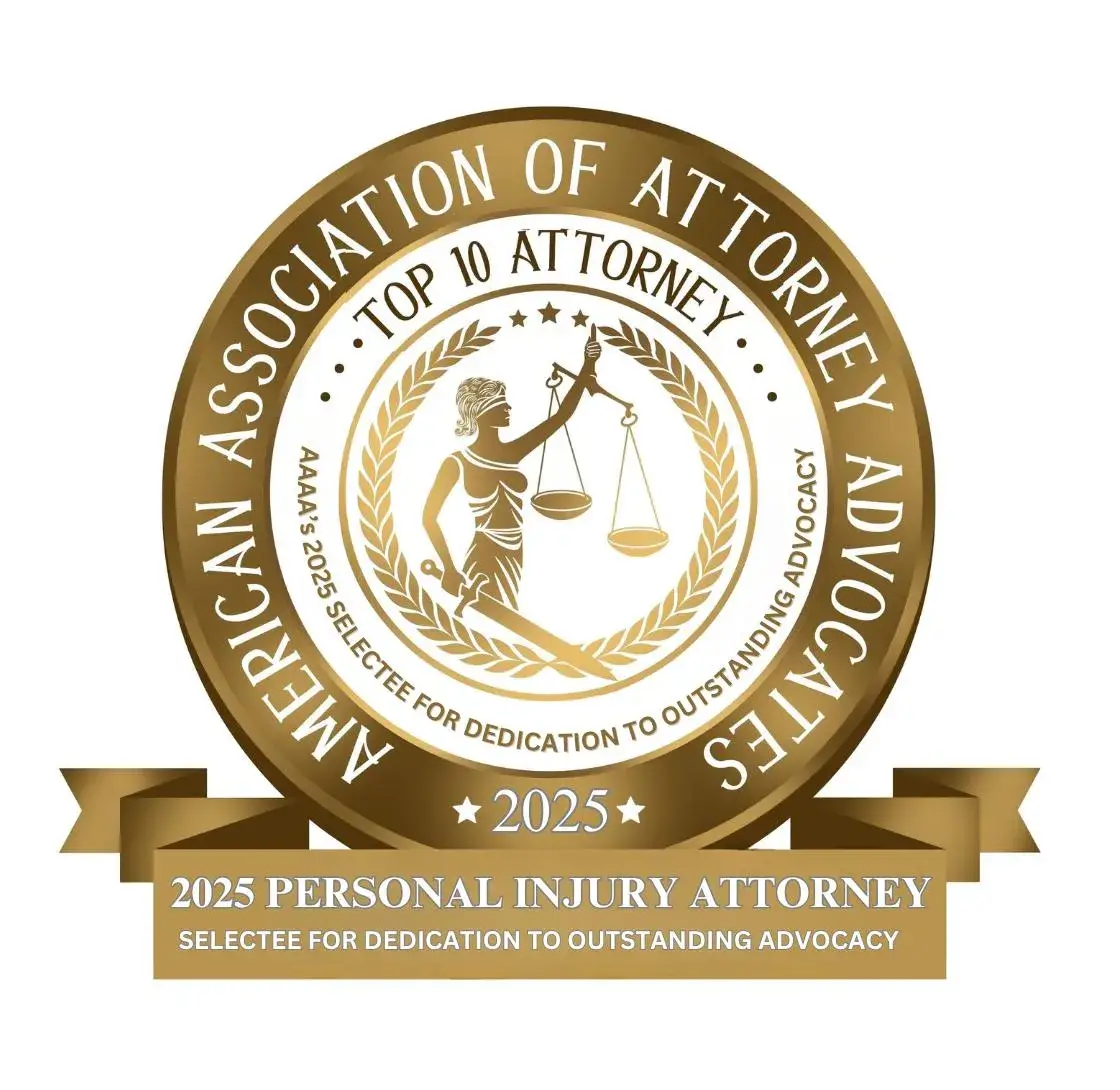Medical Negligence and Birth Injuries
In the case of an injury to an infant at birth, they can range anywhere from minor to very severe damage in the nerves or brain. Medical malpractice is normally not the cause of a birth injury, but can be ruled out with evaluation entirely. There are many factors to be figured in to a birth injury, but it is noteworthy that injuries to the infant are most likely to occur due to a difficult delivery. There could be many reasons for this, not limited to:
- The size of the baby (larger infant could mean the better the likelihood of injury)
- Size and shape of the mother’s pelvis inadequate for delivery
- Difficult or prolonged labor
- Position being ‘off’ (Breech being most likely, with infant’s legs facing downward)
Likewise, there can be several reasons to suspect that there was medical negligence in the case of a birth injury. Once again, these can include but are not limited to:
- Wrongful administration of labor inducing drug, Pitocin
- Forceps misuse
- Prolonging order of necessary cesarean surgery
- Failure to respond to fetal distress or irregularities
- Failure to respond to umbilical cord problems
- Failure to anticipate birth complications with large infant
Cerebral Palsy is a huge thing to watch for when dealing with a possible case of medical negligence because there have been many cases where an insufficient amount of oxygen reached the infant’s brain during labor and birth. Cerebral palsy is a medical term for a number of specific neurological disorders than can hinder the development of body movement and muscle coordination in an infant and on up. This can occur for any number of reasons, but sometimes those involved in the birth process can be to blame due to lack of attention given to the birth and its special needs. Just a handful of reasons that a case could be made against a medical facility in the case of cerebral palsy would be:
- Failure to appropriately monitor the infant’s heartbeat during labor and birth
- Failure to detect prolapsed umbilical cord
- Failure to appropriately schedule cesarean when needed in birth (3)
Medical negligence during birth is very unlimited, meaning there are many factors that can go into its reasoning. For instance, injuries are not limited to those that have been sustained to the infant and mother solely through the labor process. Injuries to the child can also be a result of malpractice after the delivery. An example of this could be mistakes made during a circumcision or failure to properly treat an infection sustained during the birth or after.
Not only is the infant the main focus of attention in a birth injury – the mother’s health and wellbeing are also taken into account. The mother is legally allowed to claim medical malpractice if she suspects that the doctor’s carelessness at time of birth caused her injury prior to or during the infant’s birth. An example is a mother who has preeclampsia, high blood pressure, having a seizure during delivery. This is one reason to file a claim.
Lastly, parents can sometimes take things a step further and file a claim for the emotional pain and suffering that they sustained from a negative birth experience. A new infant’s injury can be extremely life altering and emotionally painful for all involved.



















